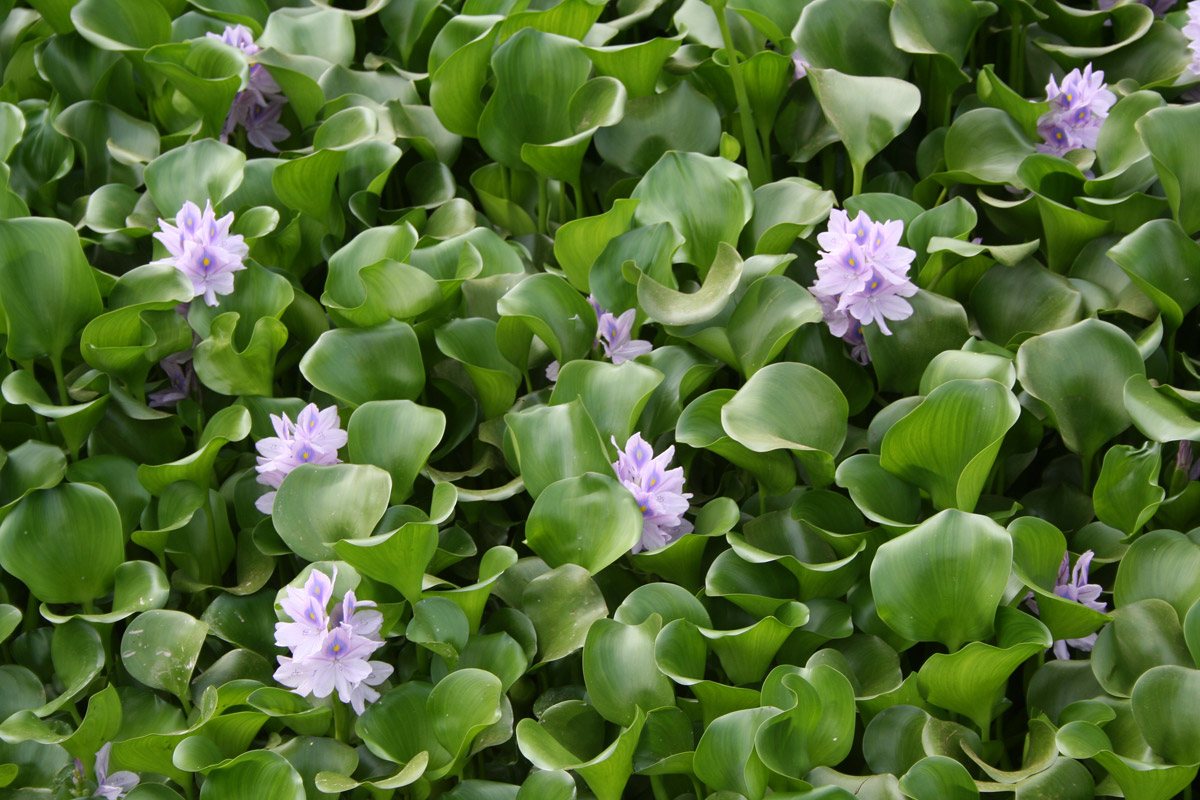Invasive plants They are those non-native species that establish themselves in natural or semi-natural habitats or ecosystems and are a driver of change and a threat to natural biodiversity.
A scientific team, with the participation of the Doñana Biological Station (EBD-CSIC) and the Pyrenean Institute of Ecology (IPE-CSIC), has created the first database of field studies on the impact of invasive plants in the species, communities and ecosystems found in Europe.
Plant impact europe It is the first harmonized database of free access on a continental scale and is based on data from 266 scientific publications describing the results of 4,259 field studies on 104 invasive species in 29 European countries. The work has been published in Magazine NeoBiota.

The platform has information about the invasive plants that influence others plants, animals and microbes. This information is presented based on all trophic levels (herbivores, parasites, plants, pollinators, predators, omnivores, decomposers and symbionts) and numerous ecosystem processes.
A third of the studies collected in Plantimpactseurope focus on five invasive species: Reynoutria japonica, Impatiens glandulifera, Solidago gigantea, You eat Brussels sprouts j Robinia pseudoacacia. And more than half of the work was carried out in temperate and boreal forests and temperate grasslands.
On the other hand, there are few jobs in the Baltic and Balkan countries, in desert and semi-arid shrublands, in subtropical forests and in the high mountains.
“The database provides information on whether invasive species are increasing, decreasing or have a neutral effect on the ecological variable being studied,” he points out. Montserrat VillaEBD researcher and study coordinator.
This rule emphasizes that “Plant impact europe will lead the investigation into the circumstances in which the invasive plants “They can cause obvious consequences.”
Ecological effects of invasive plants
As new field studies are published on the ecological consequences of invasive species, It will be necessary to update the database. “We hope that there will be more research into species that are still locally rare and have a limited distribution,” says Vilà.
This database is important for academic, management and related purposes. environmental policy. It is mainly funded by the European Regional Development Foundation (SUMHAL, LIFEWATCH, POPE). In addition to the EBD-CSIC and the IPE-CSIC, research staff from the University of Seville, the University of Alcalá and the University of Fribourg (Switzerland) participated in its implementation.

